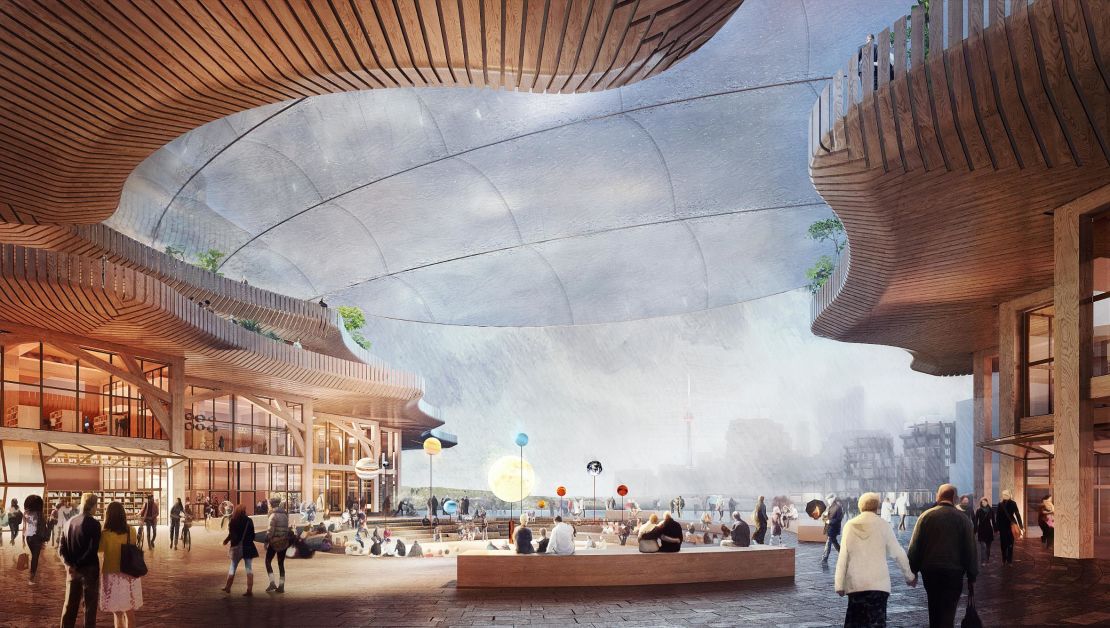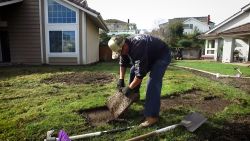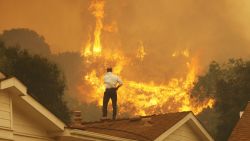Wood was thought to be ill-suited for constructing apartment buildings and office towers. But timber is enjoying a renaissance, thanks in part to climate change.
Rather than building with concrete and steel, some tech companies are revisiting wood to help lower carbon emissions.
Microsoft, for instance, is using timber as it renovates its Silicon Valley campus, and expects a carbon savings of more than 20%. Sidewalk Labs, the urban development arm of Google’s parent company Alphabet, plans to build an entire neighborhood in Toronto out of wooden buildings. It expects to set world records with timber structures 30 stories high, provided regulators are convinced the buildings are safe.
“It’s a sexy product that everybody’s talking about,” said Rebecca Holt, a sustainable building advisor at Perkins + Will, an architecture and design firm with offices in 25 cities. “It’s a wonderful quality when you step inside a building and experience it.”

The revival of wood began in the 1990s. Europeans realized that if they stacked long pieces of wood in alternating directions, akin to a Jenga tower, the pieces could be glued together and strong enough for major buildings. The technique, called cross-laminated timber, is so new to the United States, that environmental groups are only starting to take note and endorse it.
Most scientific studies have concluded that wood construction has fewer emissions than conventional construction. However, there have been a wide range of results and researchers have called for more analysis.
Recent milestones have pushed wood buildings into the spotlight. In 2017, the University of British Columbia completed the tallest cross-laminated timber building in the world, an 18-story dorm. In December, the International Code Council updated its rules, allowing wooden buildings as tall as 18 stories. Governments in Oregon and Washington state have both cleared regulatory roadblocks in the last year to encourage tall timber buildings. This year California started offering grant money for wood buildings.
“People go, ‘Wow, I didn’t know you could do that,’” said Victor Olgyay, a principal architect in the building practice of the Rocky Mountain Institute, an environmental organization. “The conversation has really shifted. People recognize that this is a viable way to do a lot of buildings.”
Businesses focused on wood buildings are springing up around the country,and lumber companies in Montana and Oregon are already making cross-laminated timber. Katerra, aSilicon Valley-backed construction startup, is building a cross-laminated timber factory in Spokane Valley, Washington. Sidewalk Labs announced this week plans to invest in a new timber factory in Ontario to build materials for its planned Toronto development.
These timber factories shape wood pieces in a clean, controlled environment, allowing for greater precision than building on-site. By the time the wood arrives at the building site, little additional work is required. Wooden panels are connected with a screwgun.

Wood experts declined to predict exactly how common timber buildings will become because the methods for stacking and gluing wood together are in their infancy and haven’t spread across much of the world. Research has shown costs for mid-rise buildings can be comparable to traditional construction.
Most timber build developers have focused on mid-rise buildings, but some have bigger plans. A Japanese company says it will build an 80-story, 1,148-foot skyscraper in 2041.
Some of the newer wood buildings may incorporate a limited amount of concrete or steel, as timber has acoustic and vibration issues. For example, the University of British Columbia dorm added concrete flooring over the wood panels, and Sidewalk Labs said it may use a steel core to anchor its buildings over 12 stories.
But the material doesn’t come without risks, such as fires. Wood building advocates say the new timber, which is glued together, is safer than traditional wood and comparable to concrete and steel for fire safety. A Swedish study of timber buildings found they had fewer fires than traditional buildings, but that some insurance companies are reluctant to insure timber buildings given concerns about water damage.
Timber buildings can include a “charring layer” of wood, to insulate inner layers from fire. Sidewalk Labs is developing another potential insulation, Shikkui plaster, which it says is sustainable and as fire-resistant as drywall. The plaster is made of lime, seaweed extracts and eggshells.
Builders have taken some additional precautions given fire risks. The wooden columns of Brock Commons, the 18-story dorm, were covered with drywall.
Timber buildings, like all new technologies, will be far from perfect. There will be kinks to work out, and unintended consequences. Oregon State University temporarily halted construction of a new timber building in 2018 after a wood panel collapsed. An investigation found the wood hadn’t been glued together effectively.
The popularity of wood buildings could also be dangerous for forests.Tina Schneider, manager of the forest legality initiative at the World Resources Institute, cautions that builders must closely monitor their supply chain. Illegal logging is common worldwide.
“If you don’t understand where wood comes from, that’s a giant red flag,” Schneider said.
Some critics also express concern over the enforcement of sustainable practices.
“We need to pay attention to impacts like clean water, and habitats for species,” said Corey Brinkema, president of the Forest Stewardship Council. “If rolled out responsibly, this could be really exciting.”





























